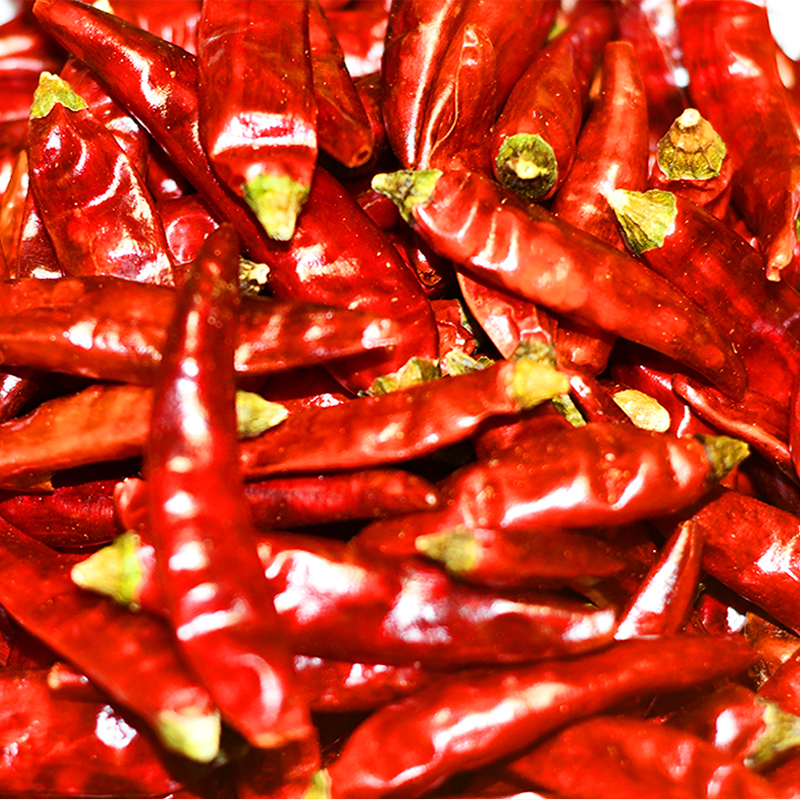
Privacy statement: Your privacy is very important to Us. Our company promises not to disclose your personal information to any external company with out your explicit permission.
Hot pepper products note

September 18, 2024
Envoyer à ce fournisseur
September 18, 2024
À propos de nous
Nous contacter
Envoyer Une Demande
Copyright © 2024 Guizhou Guisanhong Food Co., LtdTous droits réservés.

Privacy statement: Your privacy is very important to Us. Our company promises not to disclose your personal information to any external company with out your explicit permission.

Fill in more information so that we can get in touch with you faster
Privacy statement: Your privacy is very important to Us. Our company promises not to disclose your personal information to any external company with out your explicit permission.